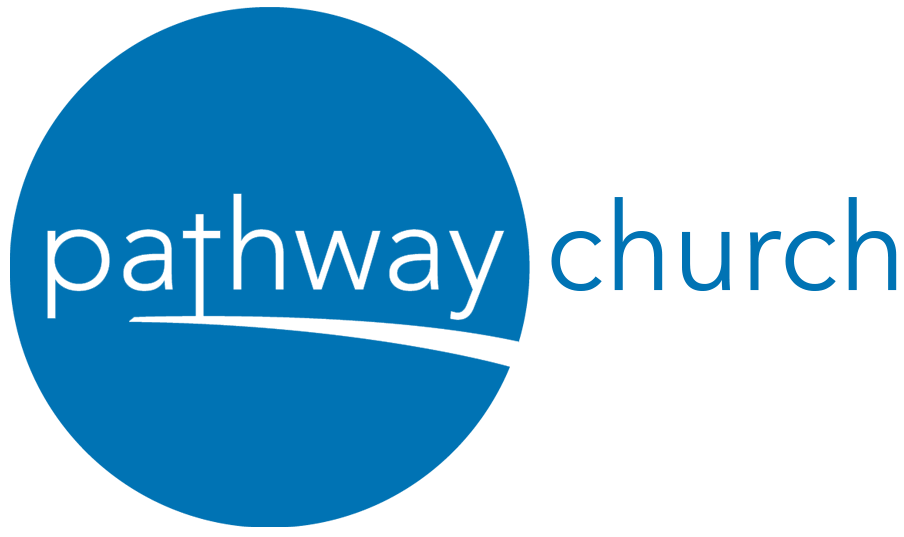It started on an early morning walk around the village. It has become my practice, while in Orkarkar, Pathway’s global partnership community, to walk the fence line as the brilliant, starry night sky surrenders to the glow of the approaching sunrise. Normally, as the sun is preparing to peek over the horizon, my gaze would be in that direction. On this day, however, I uncharacteristically turned my back on the sun and was overwhelmed by what was in front of me.
I saw buildings — lots of buildings. There was a beautiful church. There were eight classrooms of a school. There were three multi-dwelling structures for teachers and more. It was a pretty remarkable sight to be sure, but what grabbed my attention was what I saw that wasn’t actually there. Now, before you lock me up in a padded room, let me explain.
Perhaps I’ve seen one too many HGTV shows with the predictable before and after photos, but what I could see that morning was the “before” image of an empty field. That is what our Orkarkar center was just four years ago when I stood there for the first time. There were no buildings and no fence; just dry grass, dusty dirt patches and rocks. But then, as if on cue, the image I saw in my mind’s eye morphed into what was actually present on the site before me and it prompted me to reflect.
The ensuing flood of reflection began with the school. I was told that 267 students enrolled a short three weeks prior to our 2018 mission team’s arrival. Yet now, I was told that the number was actually 278 students. I guessed that someone made a clerical error on the numbers, but that wasn’t it at all. Both numbers were correct. It’s just that due to the tremendous need in the area and the dearth of schools, a growth spurt of eleven students, virtually overnight, can happen — and it did.
For me, it wasn’t about the actual numbers of students, it was about the fact that Pathway has brought educational hope into a region that was languishing without it. The students, whose faces we’ve come to know, would be arriving for school soon. Four years earlier that wasn’t the case. Instead of coming to school to learn and study and play, the children of the region would stay home, or wander the nearby hills. Younger girls might be married off before they even reached their teen years.
But on this particular morning I was reflecting and rejoicing that life is different in Orkarkar today. Children are receiving an education that will allow them to break out of generations-long cycles of poverty. Some will be able to progress to advanced classes and even college, possibly returning to this village, or another, as teachers to help educate the students yet to come. I couldn’t help but reflect that Pathway is impacting precious lives in the present, but also families for generations. That is immensely rewarding.
My reflection didn’t stop there. It also went to Orkarkar’s vibrant and growing church that was essentially invisible four years earlier. It went to the eternal impact the gospel is having on individuals, marriages and families. It went to growing relationships between the Maasai and our teams.
Eventually, the sun crested the horizon and started streaming light over my shoulder and I needed to get busy with the work of the day, but that didn’t stop my reflection or celebration of all that is happening in Orkarkar. It continues today.
There are dramatic things happening in that remote location that are making an enormous difference in that place. And in me.
